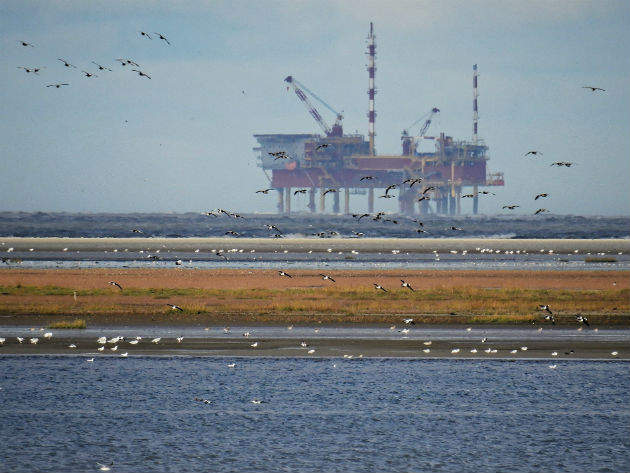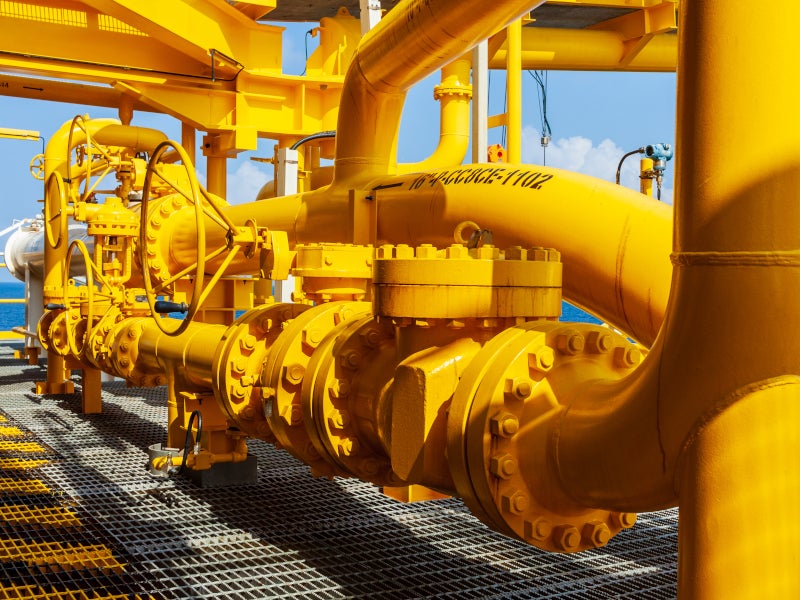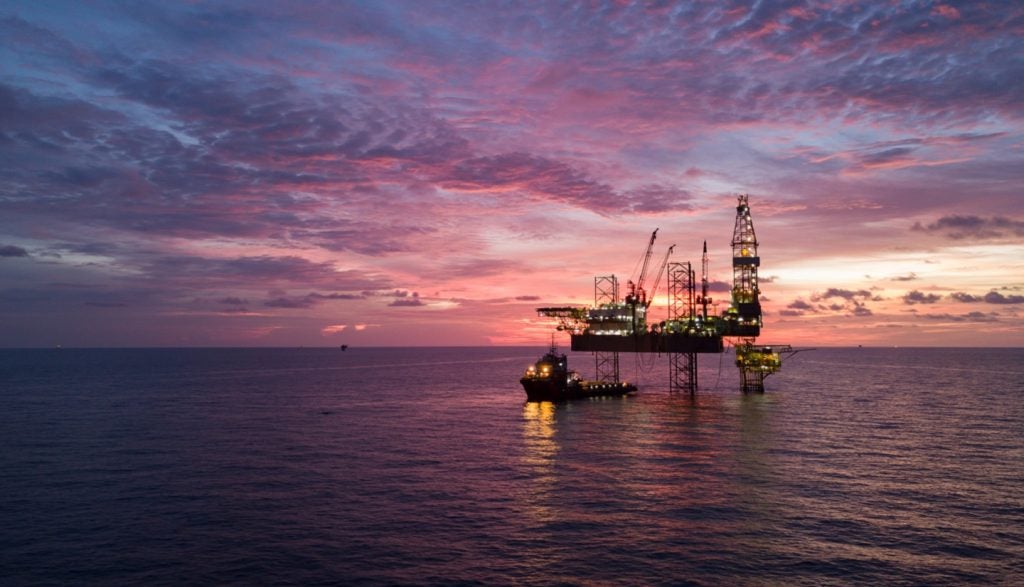
Over the next decade to 2025, more than 100 oil and gas platforms are earmarked for complete or partial removal from the UK Continental Shelf (UKCS) and the Norwegian Continental Shelf (NCS).
To the casual eye this would appear to be indicative of an industry in terminal decline, accelerated by historically low oil prices and dwindling hydrocarbon reserves. Yet the most recent report on decommissioning trends in the North Sea by trade body Oil & Gas UK paints a more complex picture.
“Despite the industry downturn bringing pressure to bear on more mature offshore assets, there has not been a rush to decommission,” says an Oil & Gas UK spokesperson. “The reality is much more complex, with different market forces influencing decommissioning strategies across the North Sea.
“Some companies are delaying activity due to cash-flow constraints, others are deferring cessation of production (CoP) as efforts to improve efficiency extend field life, and others are expediting decommissioning as field economics weaken and the cost of some activities becomes cheaper.
“A total of 17 projects have been postponed since last year’s survey as operators have successfully extended production. It is clear that the oil and gas industry’s sustained efficiency improvements and cost reductions could defer CoP, resulting in some cases to postponement of decommissioning.”
Number crunching: spend forecasts, geographical trends and efficiency
In the first-ever survey of both the UK and Norwegian decommissioning markets, the primary report data was sourced by Oil & Gas UK from 25 operators on the UKCS and six on the NCS – representing 95% of the broader North Sea decommissioning market − making it the most comprehensive picture to date of anticipated activity in the two countries between now and 2025.
How well do you really know your competitors?
Access the most comprehensive Company Profiles on the market, powered by GlobalData. Save hours of research. Gain competitive edge.

Thank you!
Your download email will arrive shortly
Not ready to buy yet? Download a free sample
We are confident about the unique quality of our Company Profiles. However, we want you to make the most beneficial decision for your business, so we offer a free sample that you can download by submitting the below form
By GlobalDataTotal decommissioning expenditure in the UK and Norway last year was £2.1bn, compared with just under £1.6bn in 2014, and represented 5% of total industry expenditure, compared with 2% in 2010. The total amount forecast to be spent on decommissioning on the UKCS to 2025 is £17.6bn − up from £16.9bn for 2015−2024 − with more than 50% in the central North Sea.
Look beyond the numbers, however, and interesting themes emerge, such as the geographical location of end-of-life projects and total spend compared with exploration and production (E&P).
“The report reveals that the majority of decommissioning is taking place in specific regions, with more projects being brought forward in the central and northern North Sea than in the southern North Sea, Irish Sea and the NCS,” the Oil & Gas UK spokesperson notes.
“The decision if and when to decommission offshore assets is driven by a range of factors, based around economics but also taking account other factors such as operational costs and cash flow. There are 52 new decommissioning projects in this year’s survey, but most of this activity has been planned for a long time, enabling the UK supply chain to develop a competitive industrial capability.
“Each project is planned on a case-by-case basis using comparative assessment to determine the optimum decommissioning option. Comparative assessment weighs up the pros and cons of various options against key criteria − safety, technical feasibility, societal impacts, environmental impact, and cost – identified by the regulator, the Department for Business, Energy & Industrial Strategy (BEIS).”
Oil & Gas UK reiterates that efficiency drives are prolonging the life of many North Sea fields and that the industry, supported by the Oil & Gas Authority and HM Treasury, is committed to attracting fresh investment in order to extract the estimated 20 billion barrels of oil and gas left in the UKCS.
“Efficiency initiatives driven by Oil & Gas UK’s Efficiency Task Force are having a positive impact, helping the sector to increase production by more than 10% in 2015 and deliver a 45% drop in operating costs to $16 per barrel of oil equivalent (boe),” the spokesperson says. “It should also be noted that while £1.1bn was spent on decommissioning in the UKCS in 2015, £19bn was spent on E&P.”
From CoP to continued liability: the decommissioning phases explained
Oil & Gas UK breaks the offshore decommissioning process down into nine distinct stages, beginning with preparation for cessation of production (CoP). Having received approval from the Department of Energy and Climate Change, the field operator maps out an operational schedule for both the decommissioning and CoP programmes, and sanctions any internal or joint ventures.
The suspension (live) stage occurs immediately after CoP and describes the period where the facility is still officially operational and hydrocarbons are present, but decommissioning is yet to take place.
Well abandonment, which may occur prior to CoP, involves plugging and abandoning wells, and is followed by decommissioning and cleaning, which encompasses well shut-down, depressurisation, the removal of residual hydrocarbons, disposal of hazardous wastes and the flooding of pipelines.
“Well plugging and abandonment accounts for the main decommissioning activity over the next ten years,” the spokesperson says. “This includes the complete or partial removal of assets from both continental shelves, and making safe 1,800 wells and 7,500km of pipeline due for decommissioning.”
Disconnection describes the disconnection of pipework and cabling, plus preparation for normally unmanned installation– often used to describe automated platforms operated remotely − and minimally manned installation. Suspension (cold) occurs once the installation is hydrocarbon free and typically involves maintenance of navigational aids, structural integrity and monitoring.
The last three decommissioning stages involve the removal of facilities including jackets, topsides and subsea infrastructure onshore, disposal, the transportation of materials onshore including the removal of hazardous materials, marine growth, deconstruction, and disposal, re-use and recycle.
Finally, continued liabilities refers to the operator’s duty to monitor the site(s) and any facilities that remain, and provide an appropriate monitoring programme with a provision for ongoing liabilities.
Forward thinking: Michael Tholen on opportunities for UK businesses
So how does Michael Tholen, Oil & Gas UK’s upstream policy director, see the decommissioning market in the UK and Norwegian North Sea evolving in the next decade?
“Over the next ten years around £17.6bn is expected to be spent on decommissioning infrastructure in the UKCS in this emerging sector of the oil and gas industry,” he states. “With over 80% of the removal activity not yet contracted out, there are opportunities for a supply chain companies with the capability to provide goods and services at a competitive rate.
“Our aim at Oil & Gas UK is to support the supply chain as it develops its capacity to accommodate and compete for decommissioning work both here and throughout the international market.
“However, while steadily growing, the predicted decommissioning activity on the UKCS won’t have the same economic impact as exploration, development and production have had in the past. Decommissioning will take place alongside exploration through to development and field life extension activities as the industry focuses on maximising economic recovery from the UKCS.
“Investment in infrastructure such as deep water ports that can attract decommissioning work to the UK will contribute to our ability to compete, although it is important to remember that onshore decommissioning activities are only about 2% of total decommissioning spend in comparison to well plugging, abandonment and making safe, which represent almost 50% of the total forecast spend.
“Taking a strategic approach to the opportunities ahead, Oil & Gas UK is working with a number of industry bodies including Scottish Enterprise and Decom North Sea, and the regulators (OGA and BEIS) in order to maximise the UK’s competitiveness in the decommissioning sector.”





